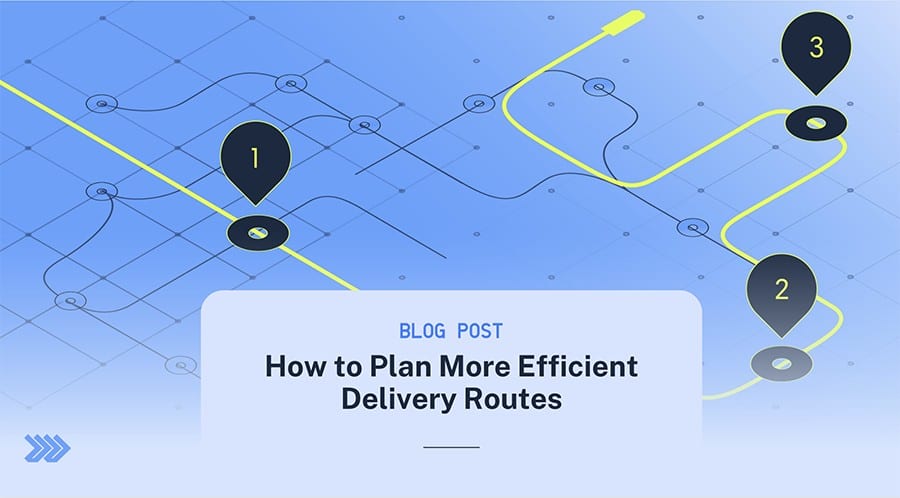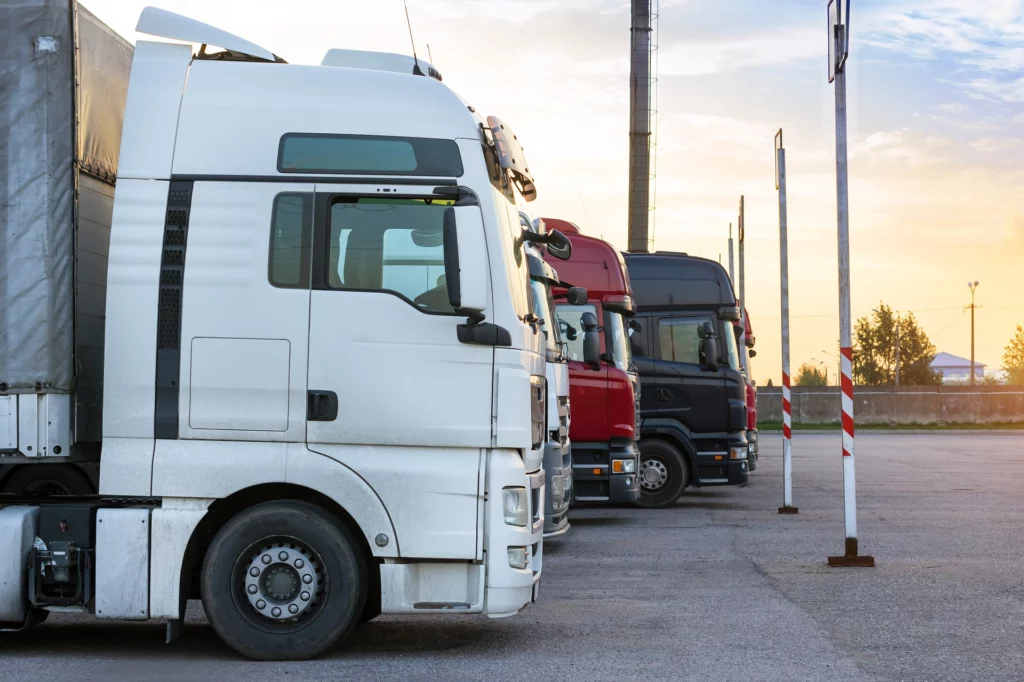How to Plan More Efficient Delivery Routes

Wise Systems

Earning brand loyalty isn’t as easy as it once was. Thanks to the internet and the emergence of e-commerce, consumers now have billions of brands to choose from both in-store and online, resulting in increased competition for customers’ attention and dollars. As companies fight for loyalty and try to meet the ever-growing list of consumer expectations, they must do everything in their power to create stand-out experiences for their customers – both consumer and B2B, especially when it comes to shipping and delivery.
According to a June 2022 survey, 85% of consumers will not shop with a retailer again after a poor delivery experience, showing that shipping is essential to building brand loyalty. In the age of same-day shipping and ultra-fast delivery, receiving packages on time is considered the bare minimum. When even the slightest delay can destroy customer loyalty, you must have a modern, automated route-planning solution.
In this post, we’ll dive into a few things to keep in mind to ensure the most efficient delivery routes while boosting customer satisfaction and brand loyalty.
Grouping Stops By Location or Priority
There are a variety of different ways to organize your deliveries, including by location or priority. Grouping deliveries by geographic proximity, such as ZIP codes or neighborhoods, allows drivers to make multiple deliveries in a circumscribed area. And, in the case of multiple deliveries concentrated in a single block or building, for example, drivers save time by parking once and walking to each delivery instead of wasting time stopping their delivery vehicle every few dozen feet.. On the other hand, sequencing your deliveries by priority puts the most critical stops at the beginning of the route, regardless of location. In this case, the order of stops is typically based on delivery windows.
Preparing a Plan for Delays
Delivery delays, including traffic, weather, road closures, and detours are inevitable, regardless of your industry. When they happen, it can be difficult or impossible to make last-minute route changes if you don’t have the right tools or visibility into the domino effect that a single late delivery may have on a driver’s later stops. Unfortunately, customers don’t take these conditions into account, and still expect their deliveries to arrive on time.
If you’re looking for an efficient way to mitigate delays, adopting an automated route planner that expects the unexpected can save you from late deliveries and customer complaints. The right route planning software will use a routing algorithm that anticipates traffic jams, weather, and more based on historical patterns and conditions. When the routes are executed, the right dispatching solution – with real-time visibility – will readjust routes in real time when unexpected delays occur and alert dispatchers to the issue so they can communicate with the recipient, if necessary.
Using the Right Vehicle Size and Type
Choosing the best vehicle type for each route is essential to fleet efficiency and utilization. Most fleets have a mix of vehicles to execute their deliveries, depending on the industry and the specific requirements. Beverage fleets often run a mix of Sprinter vans, side loaders and end loaders, where parcel and courier firms have a mix of vans and passenger vehicles. Varying vehicle types means that you need to be able to match driver certifications with vehicles, and the smaller vehicle capacity is also tied to the proliferation of more accessible micro-fulfillment centers (MFCs), where drivers return to the distribution hub multiple times per day.
The right route optimization software considers fleet vehicle capacity and type when planning routes, ensuring drivers can deliver the highest number of orders in the least amount of time based on vehicle specs. And, an automated system, can also specify correct driver/vehicle pairings.
Tracking and Measuring KPIs
If you had to choose just one tip to follow from this list, this one would be our pick. Keeping track of KPIs such as delivery time, fleet utilization rate, and transportation costs takes the guesswork out of fleet management metrics, pinpointing the exact areas that need coaching and improvement. Using fully automated route optimization software, you can develop a custom dashboard that automatically collects and tracks this data.
What to Look for in a Last-Mile Delivery Planner
The most efficient way to plan more efficient routes is to use an automated route planner that successfully manages the issues. Route Planner from Wise Systems is a cloud-based delivery automation platform that can help you handle all these challenges and more, creating cost-effective routes that work for your business and maximize your fleet efficiency.
See it for yourself and schedule your free demo today.





